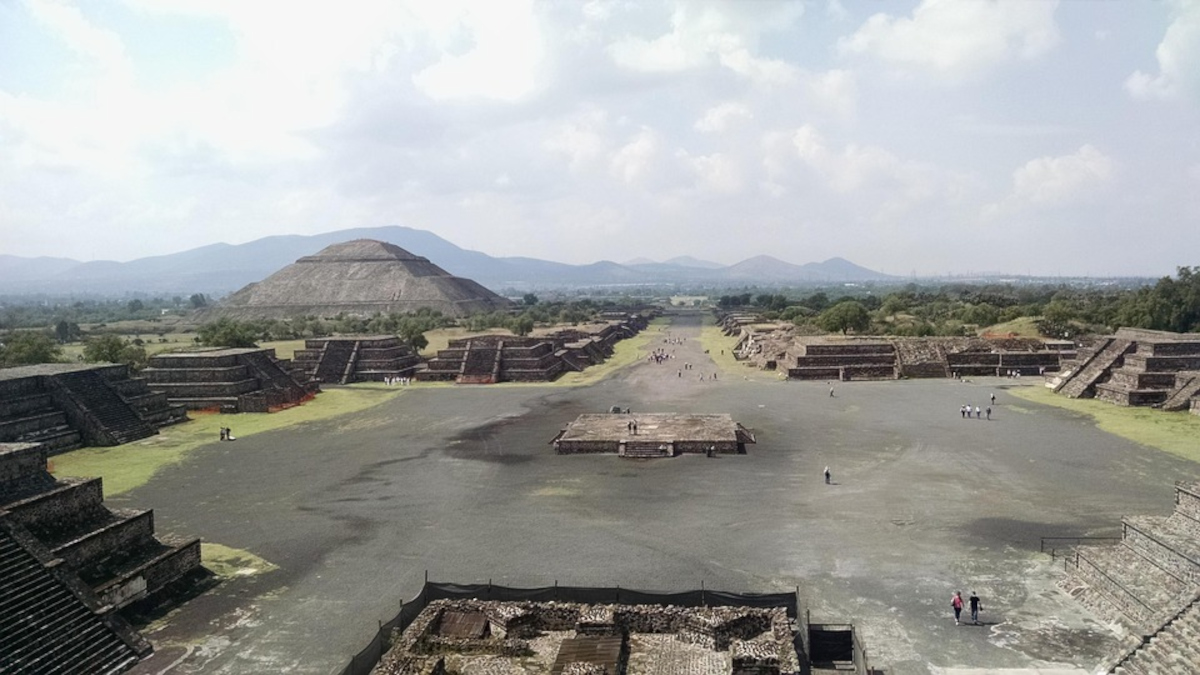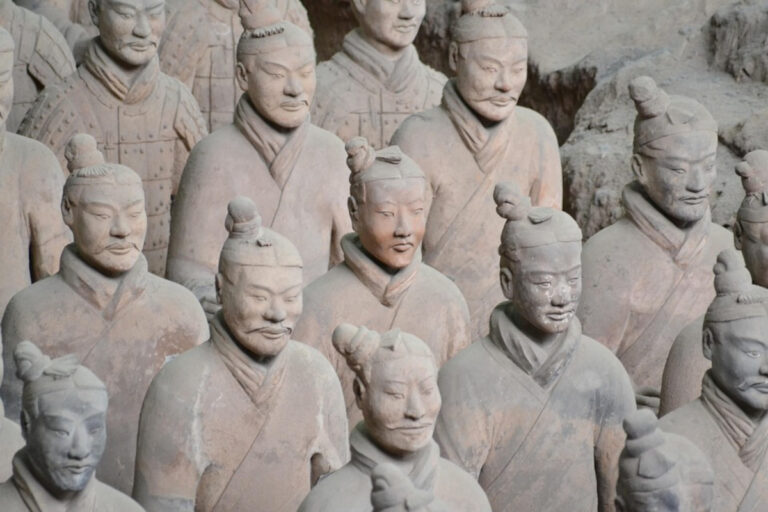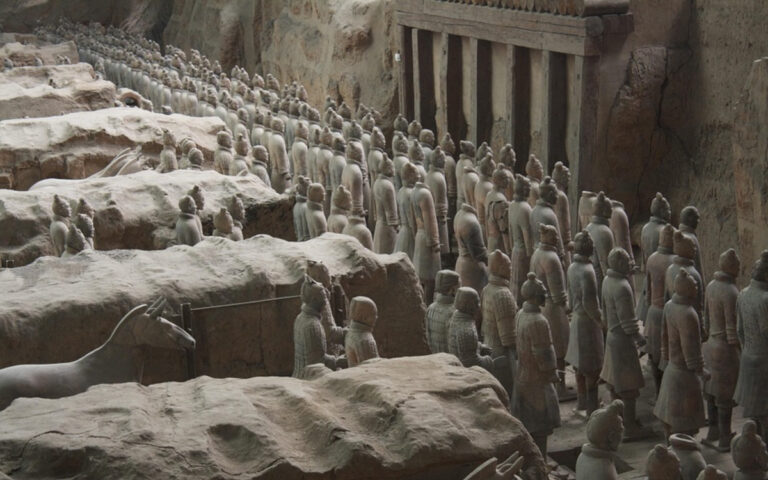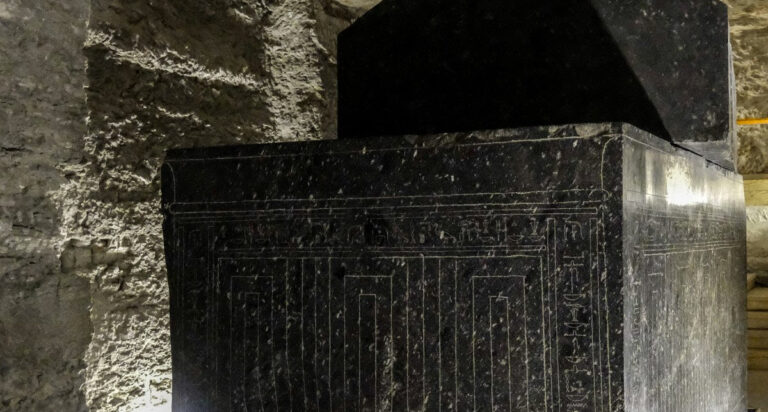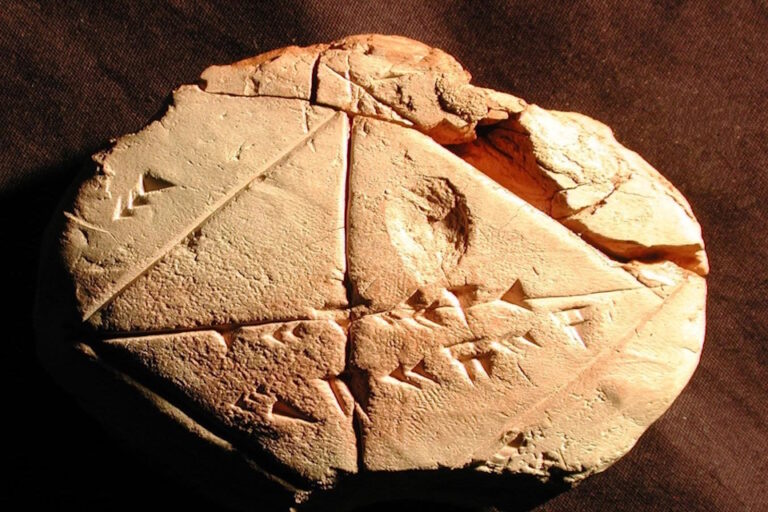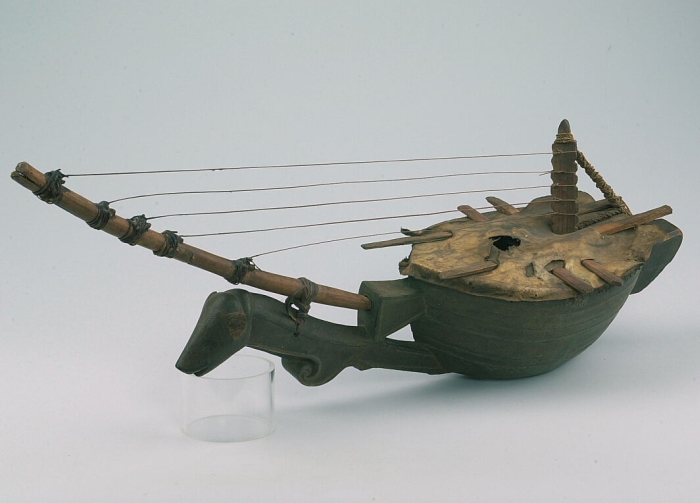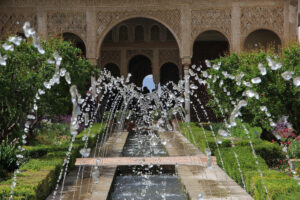In the heart of ancient Mesoamerica, there once stood a city that defied geography, dazzled invaders, and embodied the ambitions of an empire — Tenochtitlan, the jewel of the Aztecs.
The origins of Tenochtitlan are steeped in prophecy and perseverance. According to the Mexica (Aztec) migration story, their patron god Huitzilopochtli commanded them to find a new homeland. The sign would be unmistakable: an eagle perched atop a cactus, clutching a serpent in its beak.
After years of wandering, they saw the divine omen — not on solid land, but on a small island in the marshy waters of Lake Texcoco, around the year 1325 CE.
It was an unlikely place to settle. The lake was brackish, the land was unstable, and surrounding city-states viewed the Mexica as rough outsiders. But where others saw limits, the Aztecs saw divine destiny. With ambition and engineering brilliance, they began building.
To stabilize their city, the Aztecs drove wooden piles into the lakebed and created a lattice of stone foundations. Canals crisscrossed the city, allowing canoes to glide through neighborhoods. Three massive causeways connected the island to the mainland, complete with drawbridges for defense.
A sophisticated aqueduct system brought fresh water from nearby springs. Waste was managed through public latrines and canoes used for garbage collection — innovations well ahead of their time.
At its height, Tenochtitlan had an estimated 200,000–250,000 residents, making it one of the largest cities in the world in the early 16th century.
Chinampas: Floating Farms of Innovation
Among the most iconic engineering achievements of Tenochtitlan were the chinampas, or floating gardens. These were not literally floating, but were anchored artificial islands created by staking out rectangles in the shallow lake bed and layering mud, decaying vegetation, and lake sediment. Trees such as ahuejotes (a type of willow) were planted at the corners to stabilize the structure. The result was an incredibly fertile and self-irrigating plot of land. These chinampas allowed for the continuous cultivation of maize, beans, squash, chilies, and even flowers—supporting a growing urban population without needing expansive farmland.
Causeways and Bridges: Roads Over Water
To connect Tenochtitlan to the mainland, the Aztecs engineered three major causeways—stretching north toward Tepeyac, west toward Tlacopan (Tacuba), and south toward Iztapalapa. These elevated roads, constructed of stone and earth reinforced with wooden pilings, were up to 12 meters wide and several kilometers long. Each featured removable wooden bridges at regular intervals, which served both defensive and flood-control purposes. These bridges could be quickly pulled up in the event of an attack or to allow the passage of canoes beneath the roadway.
Canals and Water Transportation
Inside the city, transportation was largely water-based. A network of canals crisscrossed neighborhoods, functioning like streets. Canoes were the main form of transportation, used for everything from moving goods to ferrying people to market. Merchants could paddle directly to neighborhood docks, making the system efficient and well-integrated into daily life. The use of canals also helped with drainage and managing lake water levels, acting as a natural buffer during the rainy season.
The Aqueducts of Chapultepec
Freshwater was a critical concern in a city surrounded by brackish lake water. The Aztecs solved this by building a double aqueduct system to carry spring water from the Chapultepec hills into the city. These aqueducts, made of stone, mortar, and wood, stretched over 4 kilometers. The dual-channel design was especially forward-thinking, allowing one side to be repaired while the other continued to supply water. Public fountains and reservoirs distributed this water across different districts. The aqueducts exemplify how the Aztecs adapted Roman-level hydrological techniques independently.
Drainage and Waste Management
Managing waste and drainage was vital in such a densely populated city. Households used ceramic pots and reed baskets for human waste, which were collected and composted or transported to chinampas for use as fertilizer—a form of early recycling. Drainage systems and canals helped manage rainwater runoff and prevent stagnation. In some areas, the streets were swept daily, and the city had designated refuse areas. These practices reflect a highly organized municipal infrastructure rarely seen in pre-modern cities.
The Albarradón: Flood Control on a Grand Scale
Seasonal flooding was a significant threat to Tenochtitlan, especially as water levels in Lake Texcoco fluctuated. To address this, a massive dike system known as the Albarradón de Nezahualcóyotl was constructed in the mid-15th century under the guidance of the engineer-king of Texcoco, Nezahualcóyotl. This 16-kilometer-long structure, built of stone, earth, and timber, separated the salty northern waters from the fresh southern basin and kept floodwaters at bay. Spillways and floodgates were integrated to manage the water flow. This feat of civil engineering stands alongside the great dams and levees of history.
Sacred Architecture and Urban Layout
The city was carefully planned, radiating from the Templo Mayor, the grand pyramid-temple at the city’s ceremonial center. This axis aligned with astronomical events and religious symbolism. The city’s grid-like layout featured calpulli (neighborhood districts), each with its own schools, temples, and markets. Major causeways and canals ran in straight lines, forming an organized grid that combined functionality with spiritual order. Public buildings, markets like Tlatelolco (one of the largest in the world at the time), and open plazas were deliberately integrated into the urban fabric.
The Siege and Fall of Tenochtitlan
When Hernán Cortés arrived in 1519, he and his men were stunned by the size and sophistication of Tenochtitlan, reportedly comparing it to Venice or Constantinople. However, this admiration didn’t prevent its destruction. Following the Spanish conquest in 1521, the city was razed, its temples destroyed, and the lake drained in subsequent centuries to make way for what is now Mexico City.
But not everything was lost.
Walk through Mexico City’s Zócalo, and you stand atop the ruins of the Templo Mayor. Visit the Templo Mayor Museum, and you’ll find sacred artifacts still whispering of gods, eagles, and blood-soaked altars. Ride through surviving chinampas in colorful boats, much like the Aztecs once did.
Fascinating Facts
- No wheels, no draft animals: Everything in Tenochtitlan was built, moved, and maintained without the wheel or beasts of burden. Materials were hauled by hand or with simple sleds.
- City planning without metal tools: The Aztecs used obsidian, a volcanic glass sharper than modern scalpels, for tools and weapons—no iron, yet stunning precision.
- Sacred calendar alignment: Major buildings were aligned with celestial events. The Templo Mayor, for instance, was oriented so the sun would rise between its twin temples during the spring equinox.
- Daily human sacrifices: While gruesome to modern sensibilities, sacrifices were tied to cosmic cycles. The Aztecs believed they were feeding the sun and maintaining cosmic balance.
- The lake system around Tenochtitlan included dikes to separate fresh and salt water — early water engineering.
